Essential Hypertension
Article Sections
Introduction
Essential (primary) hypertension is a chronic condition characterized by consistently elevated blood pressure without a known secondary cause. It affects a significant portion of the adult population and is a major risk factor for cardiovascular disease, including myocardial infarction, stroke, and heart failure. The etiology of essential hypertension is multifactorial and complex.
Pathophysiology
Key mechanisms likely include the following:
- Genetic predisposition: Several genetic loci have been associated with blood pressure regulation, influencing renal sodium handling, vascular tone, and sympathetic nervous system activity.
- Renin-angiotensin-aldosterone system (RAAS): Dysregulation of the RAAS leads to increased sodium and water retention, vasoconstriction, and aldosterone-mediated potassium excretion, all of which contribute to elevated blood pressure (Figure 1). Many antihypertensive agents act on this system (Figure 2).
- Endothelial dysfunction:
Continue Learning with UWorld
Get the full Essential Hypertension article plus rich visuals, real-world cases, and in-depth insights from medical experts, all available through the UWorld Medical Library.
Figures
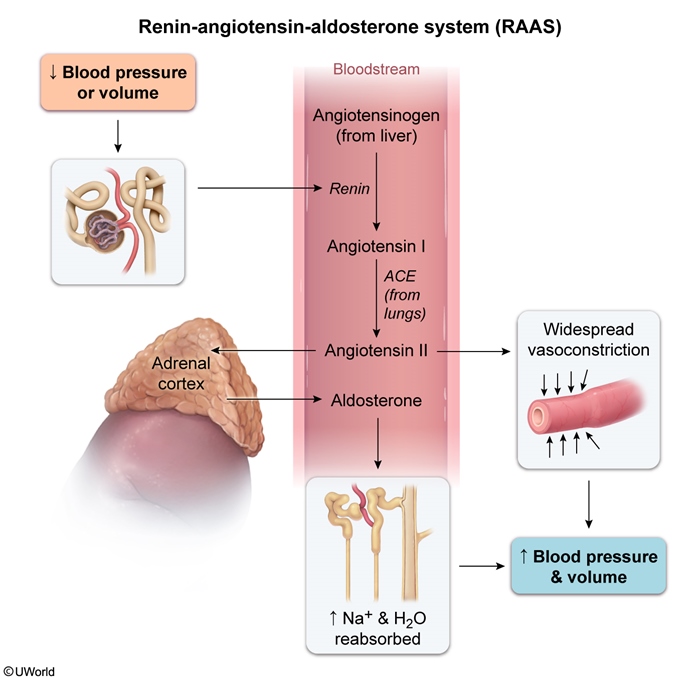
Figure 1
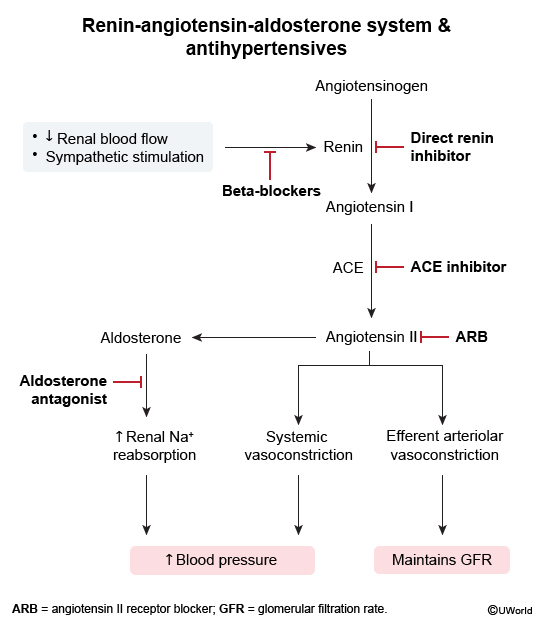
Figure 2
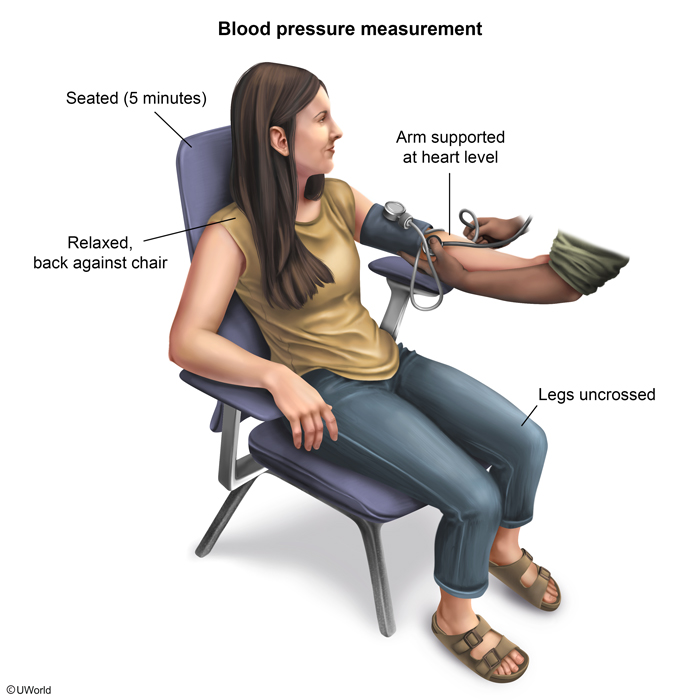
Figure 3
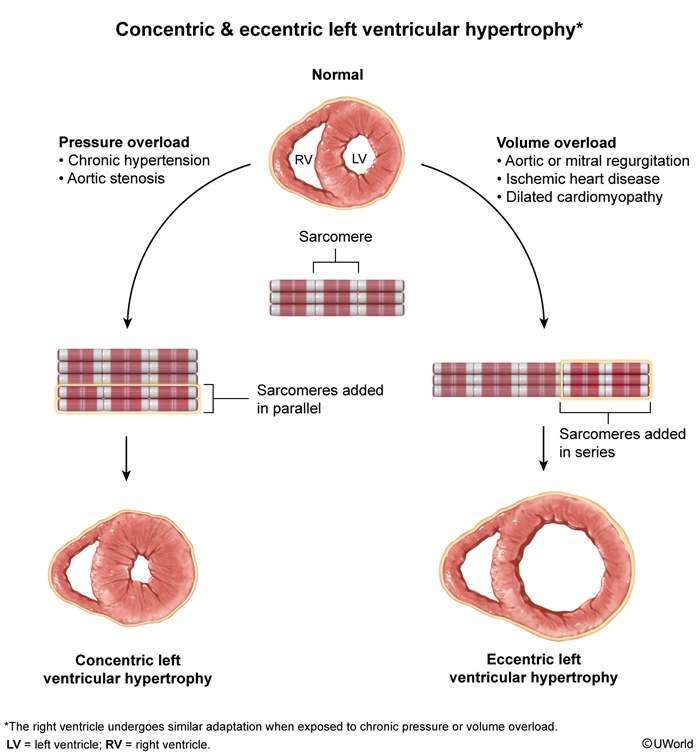
Figure 4
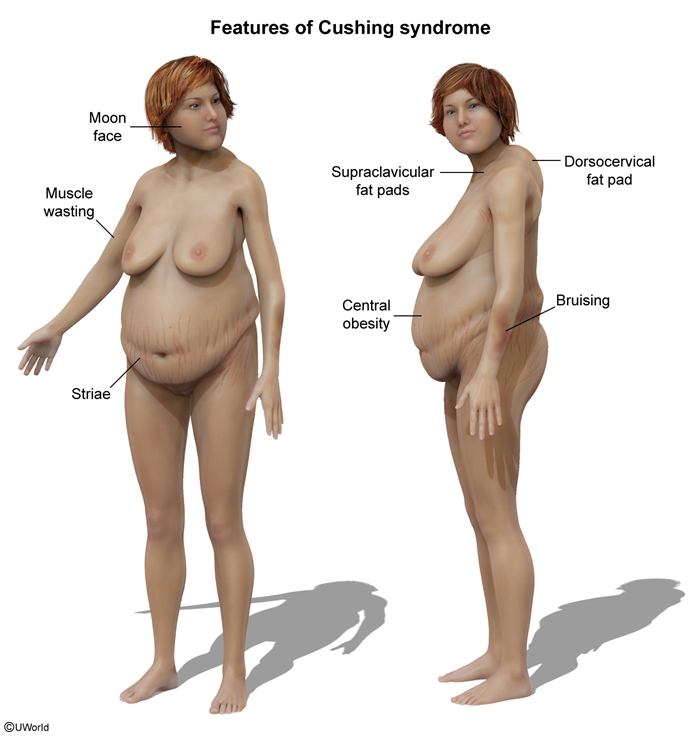
Figure 5
Tables
Table 1